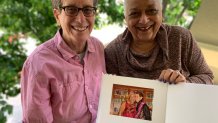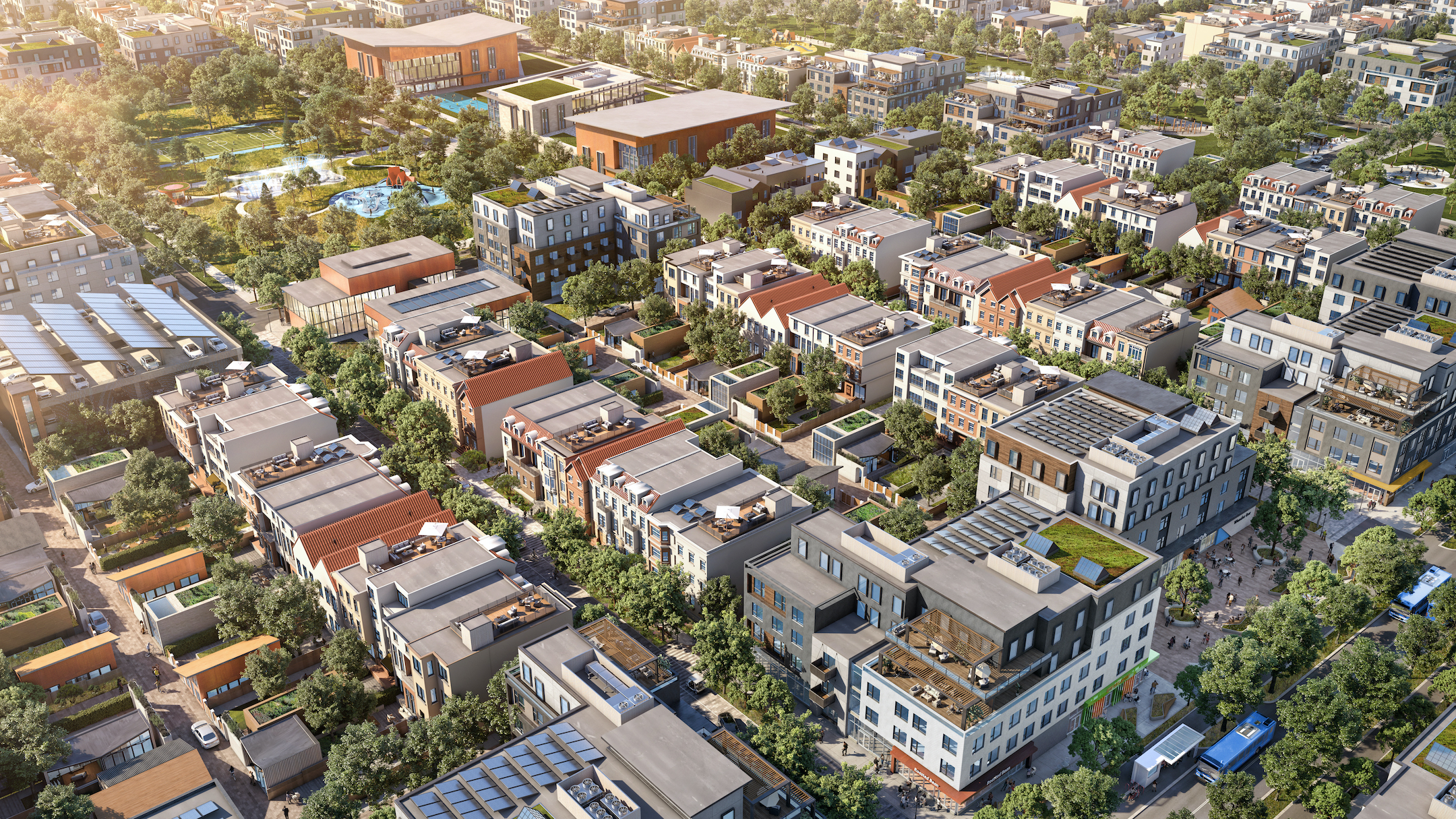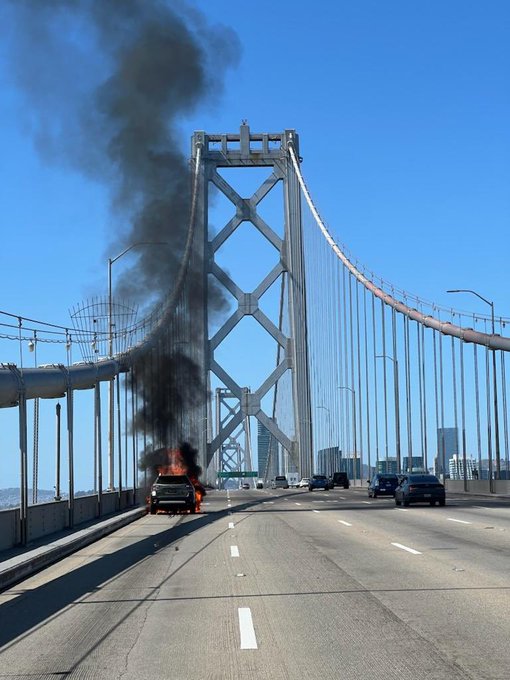On Halloween weekend of 2008, Jewell Gomez and Diane Sabin stood in the San Francisco Main Library dressed in their finery, and did a thing they never imagined possible -- they got married.
They’d fallen in love almost a quarter-century before. Now they held hands, stared into one another’s eyes as friends and relatives looked on.
“Looking out in the people who had assembled in the library to be with us for the wedding,” recalled Gomez, “really brought home to me what being married is really all about.”
It was a landmark time in San Francisco; just across Civic Center Plaza, city hall had become the symbolic ground zero in the state’s campaign to legalize same-sex marriage. Four years earlier, then-San Francisco Gavin Newsom had famously ordered the city clerk to begin issuing licenses to same-sex couples. The State Supreme Court nullified the weddings that had taken place, setting up a legal battle while other states across the U.S. began to grapple with the issue.
Get a weekly recap of the latest San Francisco Bay Area housing news. Sign up for NBC Bay Area’s Housing Deconstructed newsletter.
Gomez and Sabin, who first met in 1984 and finally became a couple seven years later, marriage had never even been on the table. They had gotten engaged early on, which served as the ultimate commitment for same-sex couples at the time. Even so, they agreed to become plaintiffs in a lawsuit filed against the state to force recognition of same-sex unions following the 2004 case. That action paved the way for the state Supreme Court to give its blessing to same-sex marriages in 2008.

“We became part of the case not because we thought oh everybody should get married,” said Sabin, sitting in the couple’s Oakland home. “People should do what they want to do, we felt they should have the choice.”
Local
Following the court ruling, San Francisco City Hall became the scene of countless “I dos.” As a San Francisco city commissioner, Gomez had even officiated some of them. But even as hundreds of couples reaped the rewards of what Sabin and Gomez had helped achieve through the lawsuit, they hadn’t yet planned their own nuptials.
Finally that October, they decided to join in the pomp and circumstance of the historic unions. They picked Halloween weekend and the library wedding setting because it fit with Gomez’ profession as a vampire novelist. They chose a turn-of-the-century bordello theme — Gomez wore a corset and Sabin a satiny vest.
“It totally took me by surprise,” remembered Sabin. “It was the happiest weekend.”
In a practical sense, it also entitled them as a married couple to more than a thousand rights they didn’t have before. Gomez related the story of a lesbian whose longtime partner died — and the deceased woman’s family claimed the body excluding the living partner from any contact. That marriage license carried plenty of legal weight.
“I felt that presence, that urgency as we were getting married,” said Gomez, “that I don’t have to worry about that anymore because it says right on that piece of paper that we legally are joined.”
It’s now been 14 years since California flung open the chapel doors to same-sex couples including Sabin and Gomez’. A 2015 Supreme Court decision struck down all state bans on same-sex marriage, legalizing it across the country.
Gomez, Sabin and other same-sex activists worry the current make-up of the Supreme Court could backtrack on that decision, following its decision to strike down Roe v. Wade. They fear foes of same-sex marriage could follow a similar strategy to force the Supreme Court to revisit the issue.
But Sabin said the thousands of marriages that have taken place since 2008 should stand as proof enough why same-sex marriage should withstand future legal challenges.
“The bridges haven’t crumbled, the roads haven’t erupted, hell, fire and damnation hasn’t happened,” Sabin said, “in fact a lot of love and joy and delight in each other.”



